Shopping for Sound: The Art of Acoustic Acquisition with Vicki Mantle, Head of Sales at Muffle
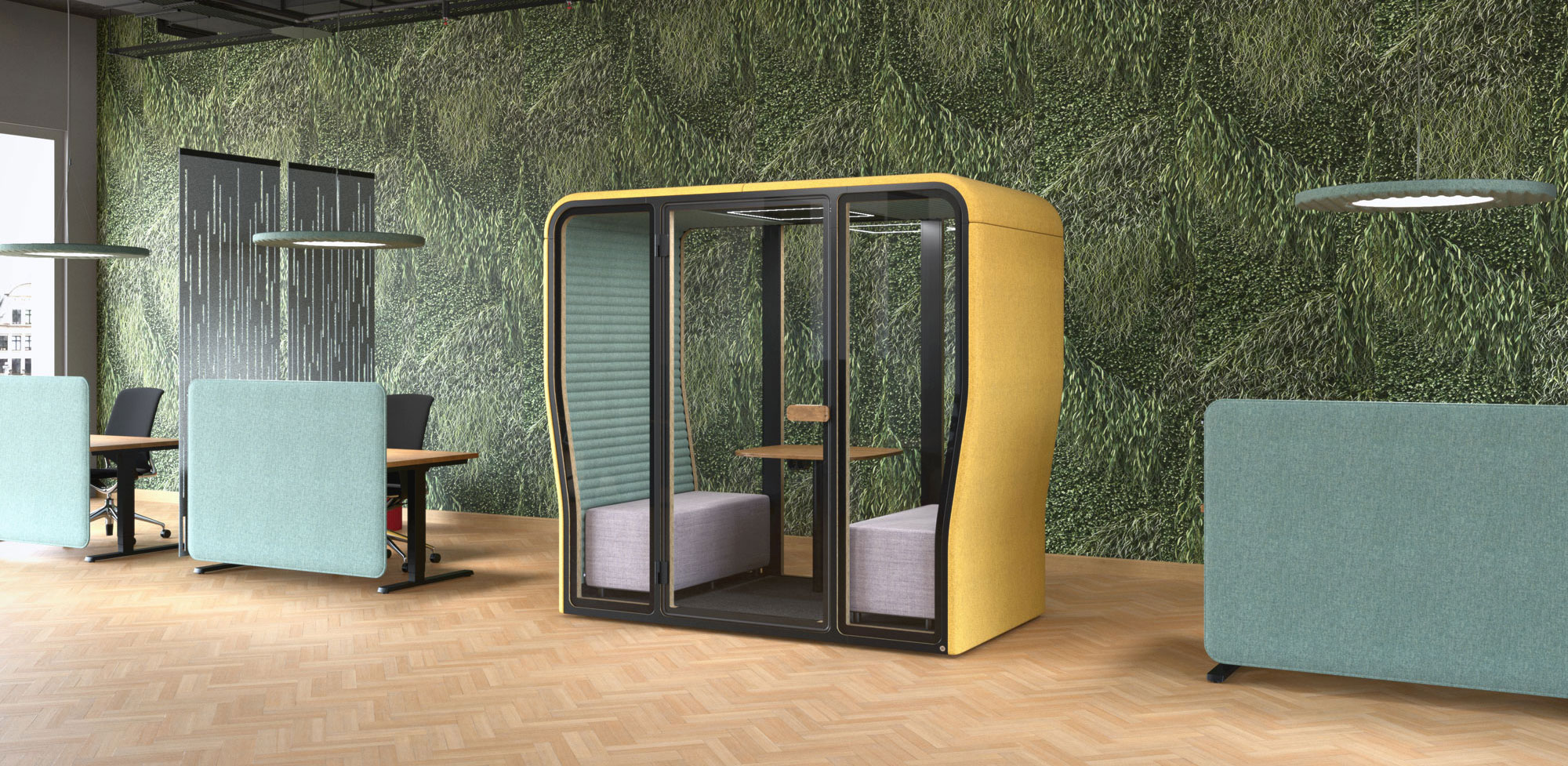
Shopping for Sound: The Art of Acoustic Acquisition with Vicki Mantle, Head of Sales at Muffle
Image (above): BuzziSpace BuzziNest Fully Enclosed Acoustic Booth
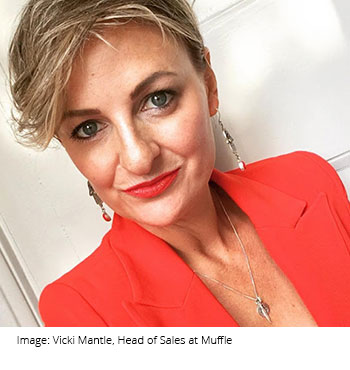
After bumping into Muffle’s Head of Sales, Vicki Mantle, at The Workspace Design Show in London’s Business Design Centre this October, Quiet Mark CMO & Podcast Host, Simon Gosling, invited her to guest on the show, to discuss all things acoustics and explore the pandemic’s effect on our work space.
Muffle was set up on the back of its sister company Husht Acoustics, a specialist company that purely installed acoustic requirements. Vicki explained how Husht would receive multiple enquiries from residential and small businesses who had seen acoustic products from bigger manufacturers that they liked but were only available to contractors. Through its e-commerce online site, Muffle has added a B2C shopping channel to a previously B2B only marketplace.
“It was a hard slog to get manufacturers to buy into the idea of people buying acoustic products in the early days. It was a case of ‘oh these products are specialised for manufacturers’. But actually, the residential market is huge from a sound proofing point of view. There are many small businesses who want to buy panels for their own space and install them themselves. We started with the UK website.”
Muffle had only been operating for eighteen months when the pandemic swept the Globe. As a company that sells acoustic interior design solutions - furniture, lighting, screens, baffles, etc. - Muffle, unlike many other businesses, experienced rapid growth in sales during the lockdowns. “We were lucky in that we had a lot of residential inquiries during the lockdown spurred by the increase in Work from Home. I’ve worked from home for fifteen years so I'm used to it. But for those who weren't, it came to be a hard environment to get used to. Thus we had a lot of inquiries from people working from home who suddenly realised how noisy their kitchens were, which made them difficult to work in. It became apparent that many homes are not designed with acoustics in mind at all.”
The growth in sales made even more sense when Vicki revealed the results of a rather interesting experiment using Google Analytics and its searchability score which rates terms and/or words from 0 to 100. Vicki informed us that pre-pandemic, a Google search for the term “noisy neighbours” resulted in a score of 20. This rose to 100 in the first few months of lockdown (April 2020) which shows just how willing people are to become invested in adjusting the acoustics of their home and developing an acute awareness for how little home architectures factor acoustics into design.
Naturally, some may wonder why good acoustics in the home, office or other soundscapes are so important - other than for blocking out annoying noise! “Noise that breaks that concentration can really be detrimental. It can take 15 to 20 mins to regain the same sense of concentration. So noise plays a massive role in productivity. I just moved into a new place so I’ve been working from my kitchen and during a call the other day the washing machine started spinning - I’d never noticed how distracting it was! It just shows there are so many things to consider when it comes to designing spaces acoustically for wellbeing.”
Quiet Mark recently surveyed 2,000 British adults for its National Noise Report. The results show that 52% of people would factor noise into their future employment decision and 28% would prioritise working from home due to its quieter environment and ability for more concentration. For this reason it is paramount that the soundscape of a working environment - be it at home or in the office - be one that encourages productivity through sound or their lack of in some cases.
Now that we are moving out of the pandemic, however, our work-life balance is shifting massively and our preferences have evolved. As that 28% shows, many do indeed prefer to work from home with many others favouring a more flexible routine merging both office and home work. We asked Vicki about how this desire for working flexibility has impacted the acoustic design of shared workspaces. “Say you work from home half the week and in the office for the other half, you’re going to want the office to be a space where you can interact. You still have to make it a nice working environment. Pods are being introduced as well as social seating and comfy zones. We get a lot of inquiries for moveable screens. As we shift into this flexible working lifestyle, people don’t want a static workspace because in two years time people want to still be able to utilise the products they have. Hence the popularity of pods on wheels and moveable screens. Designers and architects are having to become more creative in their approach to designing a work space.”
As we transfer into a world that marries working from home with office work, the boundaries between the two environmental styles also start to bleed. Offices are opting for softer materials, plants and a more homely feel. Many of these design and acoustic decisions stem from a desire to create an environment that encourages and prioritises mental health awareness and creates a safe space for its workers. “Mental health tends to be better when someone feels comfortable in a familiar and homely environment. We have been thrown into this because of the pandemic. People want to come back into the office but with a sense of comfort and safe space they experience at home. It’s a nice place to be from a design point of view.”
We were also curious as to whether some companies are stepping towards taking financial responsibility for employees’ mental health by investing in a comfortable acoustic environment. “When you are in an office and have a bad back, for example, the company spends money on a better chair. If that was to happen when working from home, the same case applies. But when it comes to acoustics that’s not the case.
I’m sure there are businesses out there that have offered but it's few and far between I believe.”
However, there are schemes now, such as Ride to Work, where VAT on the purchase of bikes is removed, for example, if it is purchased through a company and for an employee who commutes. Perhaps we can hope to look towards the introduction of grants so companies can offer employees acoustic improvements from home, especially as the shift in work-life balance is seeing more productivity.
Muffle continues its work in testing acoustic products and presenting the most accurate data. Hundreds of products are available on their site, many of which are Quiet Mark certified and listed on our Acoustics Academy platform.
Vicki’s Google Analytics search suggests that during the pandemic, homeowners and businesses alike were looking at where to buy quieter products for the home. We spoke to Vicki about the growing industry of acoustics and its role in product design; “product manufacturers and designers are becoming more savvy. It's incredible how we now have beautiful products to the extent that most people wouldn’t notice from the aesthetics alone that the products are specifically designed for acoustics”.
Muffle’s open policy and ability to stock thousands of product allows Vicki to build the perfect acoustic environment via her role as Head of Sales; “working for a manufacturer was great but I often had to shoehorn only their range of products to meet a customer’s requirements, whereas now I can pick from thousands of products, from 25 different brands on the website, stay updated within the field and pick the right thing for the designer and the client.”
An advantage within this breadth of stock is being able to design in a diverse and nuanced way. Quiet Mark certifies, and Muffle stocks similar brands, helping Specifiers source the right products to meet the brief and orchestrate a soundscape to its specific needs. “Every office, restaurant, home etc is different. People have different requirements for their lifestyles and businesses, but since we offer so many products nothing is off limits. You have to understand what the room is being used for. Private meeting rooms require different absorption levels than an open plan office, for example, that needs some buzz. We have to understand each element of the space, the psychoacoustics of the occupants and what it will be used for.”
Vicki stressed the importance of mental health in the workspace and the shift acoustics is seeing in creating a homely space in the office. “We were starting to focus on wellbeing pre-pandemic anyway. Mental health tends to be better when someone feels comfortable in a familiar and homely environment. We have been thrown into this because of the pandemic. People want to come back into the office but with a sense of comfort and safe space they experience at home. It’s a nice place to be from a design point of view.”
The importance of acoustic design carries through into the home especially as we shift into this flexible work-lifestyle balance. “Noise that breaks that concentration can really be detrimental. It can take 15 to 20 minutes to regain the same sense of concentration. So noise plays a massive role in productivity. I just moved into a new place so I’ve been working from my kitchen and during a call the other day the washing machine started spinning - I’d never noticed how distracting it was! It just shows there are so many things to consider when it comes to designing spaces acoustically for wellbeing.”
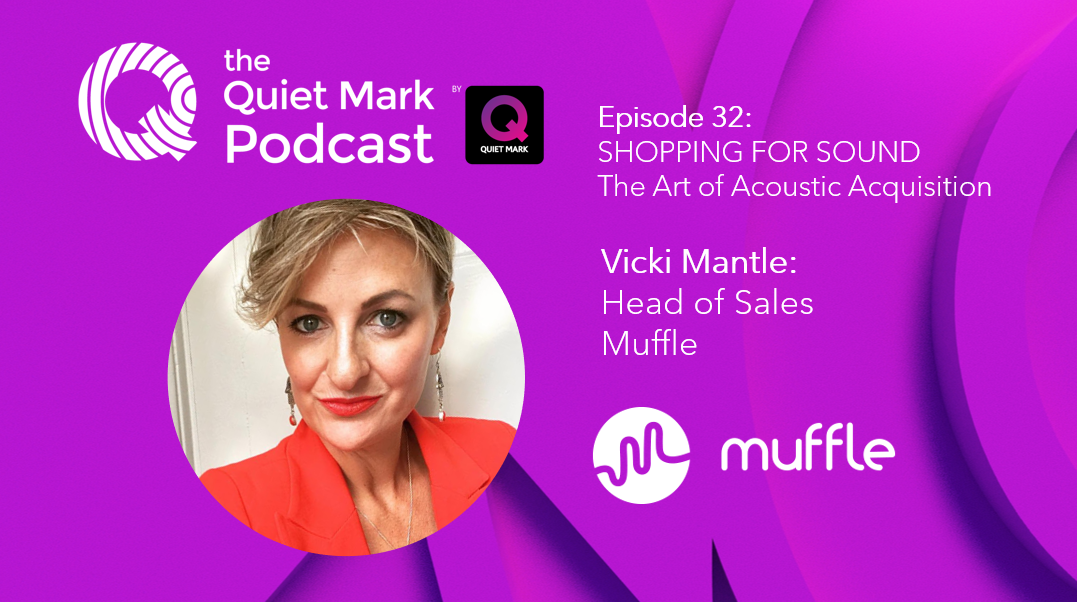
Listen to Vicki Mantle on The Quiet Mark Podcast, HERE
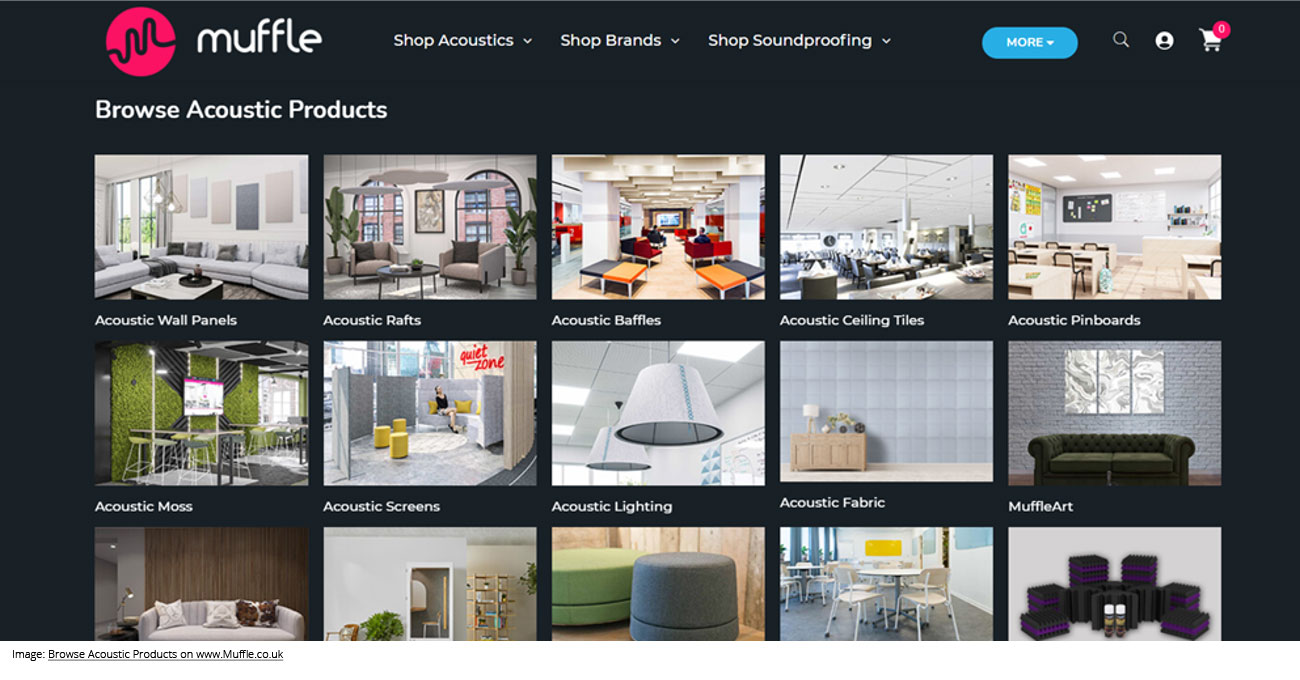
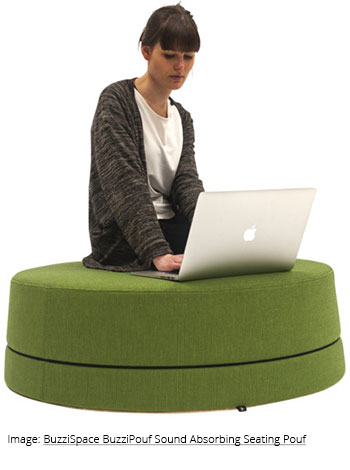
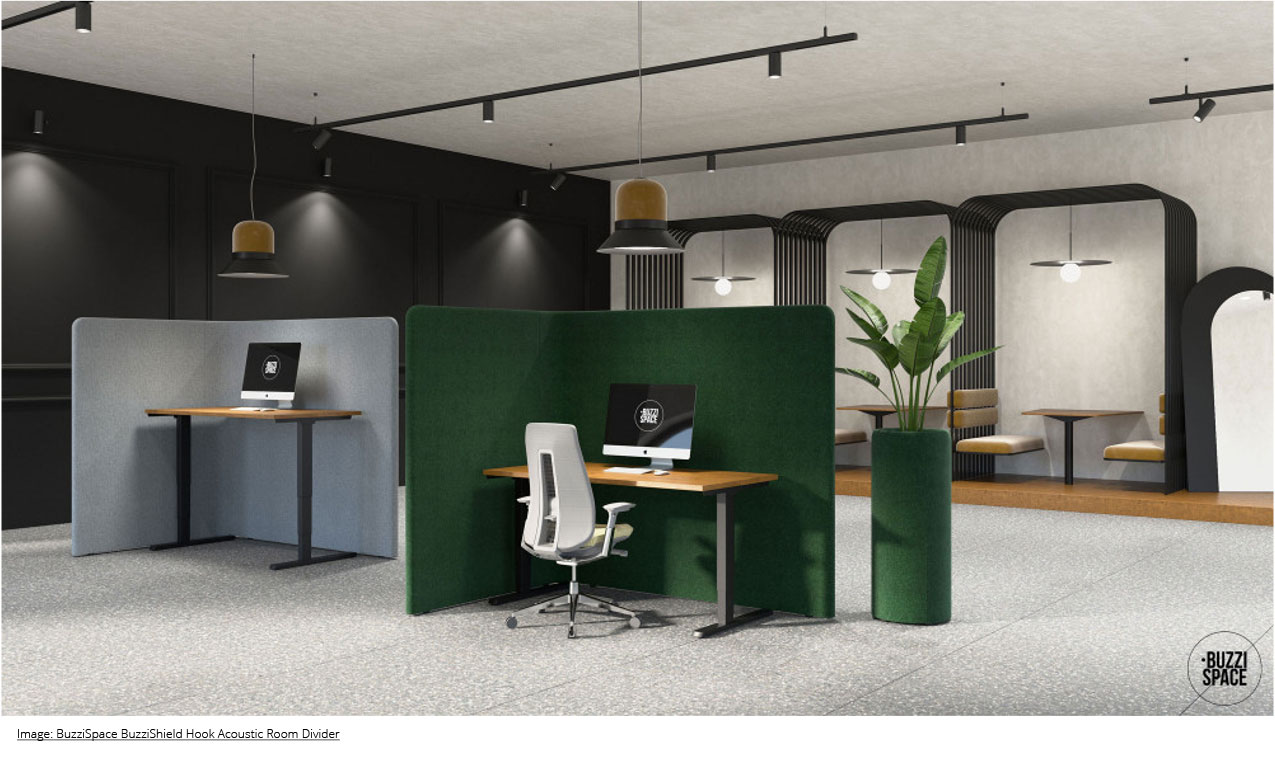
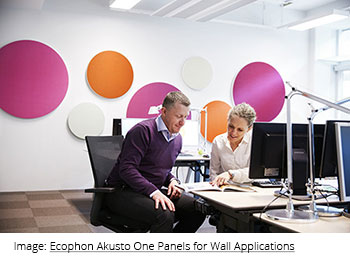

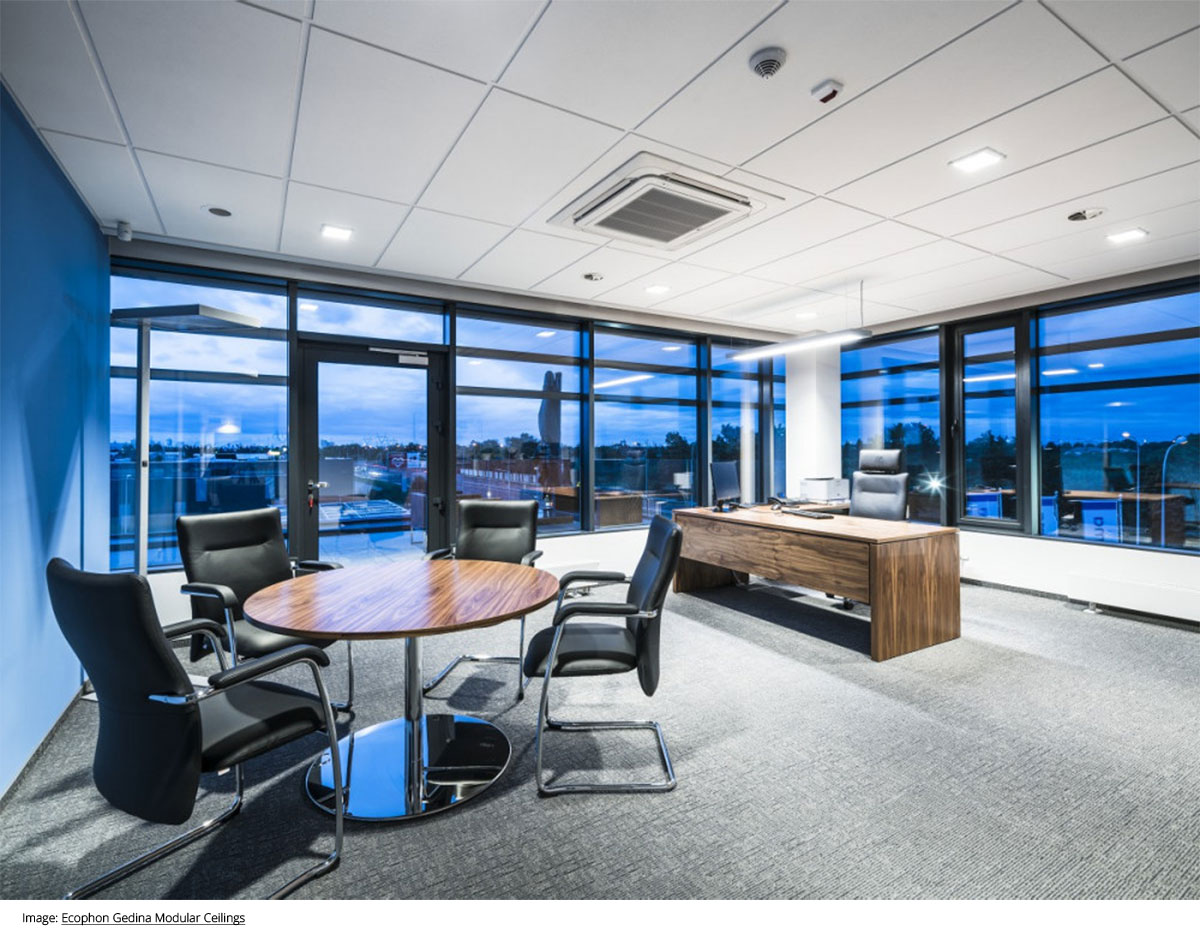
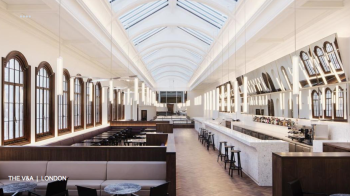



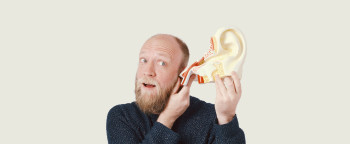



 Quiet Mark Founder
Quiet Mark Founder